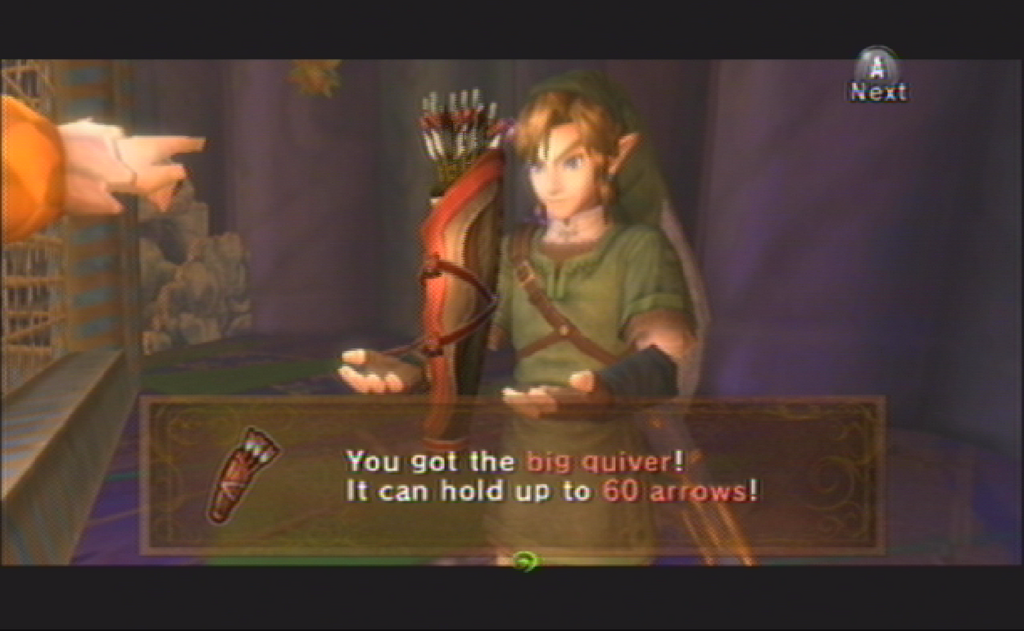Conversations with Anthony Capps
Authored by: Secoria Burks, Jo Davis, and Lindsay Stewart
Project Based Learning, Part 1
Anthony Capps provides us with guidance regarding Project Based Learning. In the first video, he gives us an overview of this type of learning. Anthony tells us instead of assigning a project to summarize a lesson that we need to use project based learning as part of the actual lesson. He states he follows the ACCRS standards to assure his project will meet curriculum needs. Anthony also explains that getting others involved (family, community) will bring a learning based project full circle. He provides very useful examples such as peer-editing and peer-selection as an exercise in classroom democracy that truly lets the kids be a part of the whole experience. This very involved form of learning is extremely beneficial in the learning process. In addition, we get an example of how Project Based Learning will benefit the teacher as well and grow our knowledge.
Project Based Learning, Part 2
In this conversation with Anthony, he gives us another example of using Project Based Learning. In the project, Anthony wanted his students to provide a narrative from the perspective of living in Afghanistan. He explained that the outcome was phenomenal; students focused on food, clothing, and other cultural elements. Anthony had one parent who did not agree with the project assigned, and that child was allowed to do a project on a different topic. This showed us that we can make adjustments to our learning plan if needed, as long as the standards are still being met. In this particular project, the results were shown to a group of parents, and the parents were in awe of the abilities and skills shown in producing the projects. And with this, Anthony gives us the tip to never limit our students, because often they will go above and beyond the expectations, and we will be amazed. He also states that his students enjoy Project Based Learning, and he looks to their feedback to shape his future lessons. In addition, Anthony has the backing of his administration in using Project Based Learning in his daily lessons, and he is currently helping to develop a Project Based Learning template to use statewide.
iCurio
In this video, Anthony talks about the iCurio website and how he uses it in his classroom. iCurio is a curated website that his students use like a search engine to find approved content that meets ACCRS standards. Although he is a third grade teacher he made it clear that iCurio would be useful to all grade levels and subjects. He stated his students use iCurio to organize their data as well, and this allows the students to practice using online storage tools so that once leaving the classroom they will have a new skill of using online organization tools. The iCurio site is a safe site for students, and it has many resources including accessibility options. Anthony gives us tips on how to search in iCurio as well, and he explains how the directory in iCurio makes it easier for students to search for the specific information they need.
Discovery Ed
The Discovery Ed video shows us the importance of using Discovery Ed. Anthony tells us Discovery Ed has almost everything you can think of in terms of resources for Science and Social Studies. The videos found on Discovery Ed allow experts to deliver information to the students, and these videos enhance classroom learning and keep the students engaged. Accompanied with reading, the videos and resources found on Discovery Ed increase the students’ understanding of what is being studied. The aforementioned videos give us an overview of Project Based Learning and some of the tools/resources we can use to enhance Project Based Learning in our classroom. The real-life scenarios and experiences that Anthony gives us will assist in our own formation as a teacher.
The Anthony- Strange Tips for Teachers Part 1
Authored by: Jo Davis
Dr. Strange returns with his good friend Anthony Capps in this video to discuss things that are vital for a teacher, especially a new teacher. I found this video very interesting and Dr. Strange and Anthony Capps together constructed an excellent list of factors that teachers should most certainly take into consideration. They ultimately ended up with a list a little something like this:
Work hard
Be a learner
Have fun doing it
Be flexible
Know the importance of Review
These were the main points Dr. Strange and Anthony Capps discussed and they went into some depth on why each of these were key for teachers. I really liked how they were sure to hit on the fact that it is vital for a teacher to be open for the ongoing experience of learning. I believe this is very important and we all must certainly realize that teaching is itself a great learning experience. I also thought the importance they placed on being flexible was fantastic. Being flexible is essential to successful execution as of course things will never go the way you plan it exactly, and it’s foolish to operate on such an assumption. Dr. Strange and Anthony Capps cover these points and even more in the video, and I would definitely suggest that anyone interested in education should check it out.
Don’t Teach Tech - Use It
Authored by: Lindsay Stewart
Technology in the classroom is still controversial, but it is vital to the learning process. Anthony tells us how to incorporate technology into our lessons without “teaching” technology. There should not be a checklist for technology lessons; rather, technology will be used in each subject, and the use of different technologies will assist students throughout their learning process. Anthony teaches us that scaffolding the use of technology can be beneficial to the students in gradually becoming experts on using different technological tools. The advice Anthony gives regarding technology is valuable and should be considered by all teachers. Technology is not going away, and we need to embrace it in a way that our students see the value for themselves.
Additional Thoughts About Lessons
By Secoria Burks
In general I have enjoyed all the conversations between Dr.Strange and Mr.Capps. In this video Capps breaks lessons down into a matryoshka doll. Your lesson plans should ultimately fit into your year. How do you go about making sure this happens? First plan your curriculum year, so when you are making lesson plans you can make sure you’re going to hit all the marks on your map. Next, divide your goals into units. This will allow the lessons to flow in a more coherent way. Then, plan your goals for your week, try making every day functional so that your weekly goal will be met. Finally, you plan your day, how to get kids hooked and how to measure the improvement.
 On the 20th of October I had the pleasure of reading Hannah's blog of Mrs. Hartooni's 7th grade class. Hannah wrote about she and her friends Tyler and Dustin are going to plant a garden. She told about how her Marigolds would serve to protect Tyler's strawberries and Dustin's yet to be decided plant. Hannah did a great job with her writing in this post as she really showed personality through her creative speech. Also I think a class garden is a fantastic idea as fresh food is a value we should certainly be teaching our children.
On the 20th of October I had the pleasure of reading Hannah's blog of Mrs. Hartooni's 7th grade class. Hannah wrote about she and her friends Tyler and Dustin are going to plant a garden. She told about how her Marigolds would serve to protect Tyler's strawberries and Dustin's yet to be decided plant. Hannah did a great job with her writing in this post as she really showed personality through her creative speech. Also I think a class garden is a fantastic idea as fresh food is a value we should certainly be teaching our children. 


.jpg)








